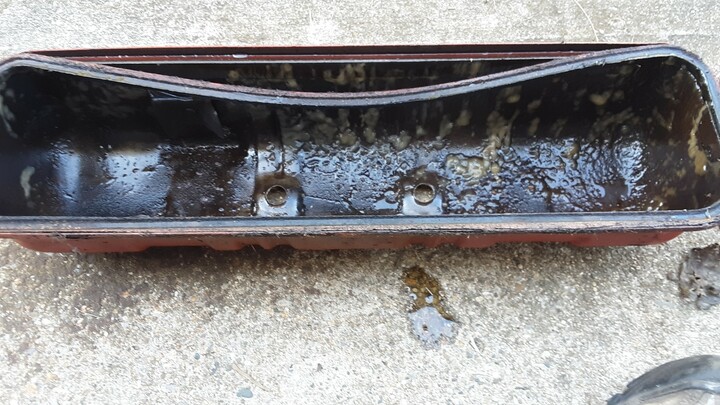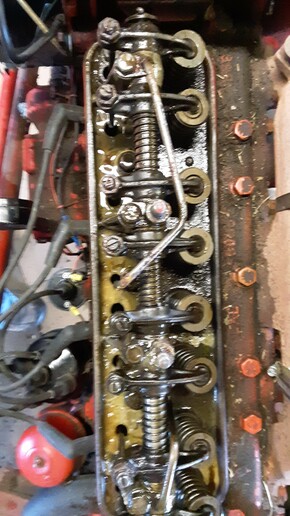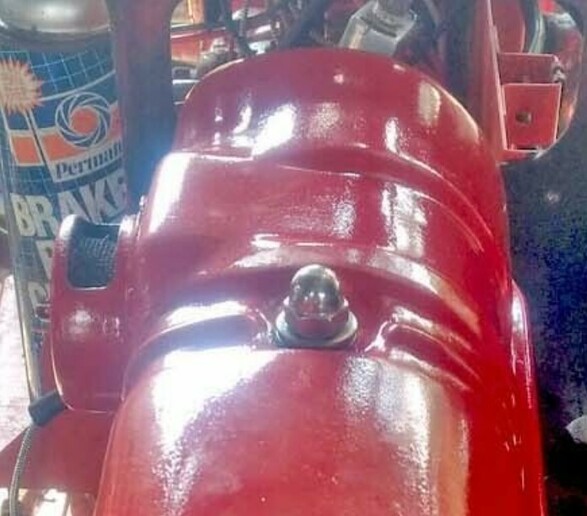Geo-TH,In
Well-known Member
I removed the spark plug, put about an oz of wd40 in the hole. Replaced the plug.
I sprayed the valve stem between the valve spring with carb cleaner.
The tractor started and a few seconds later the valve was free.
How many lottery tickets will this lucky guy need? Just one?
Notice the wet spot on the concrete. It is proof I have a condensation issue, not antifreeze issue.

I ran the tractor without the valve cover on.
40 psi oil pressure and very little oil coming out the rockers, so changing the oil won't do much good.

I need to come up with a way to pull the moisture out from under the valve cover. Getting the tractor hot will only turn the water into steam. Without a way to pull the steam out what good is warming up the tractor.
Any suggestions how to vent the valve cover? PVC
I sprayed the valve stem between the valve spring with carb cleaner.
The tractor started and a few seconds later the valve was free.
How many lottery tickets will this lucky guy need? Just one?
Notice the wet spot on the concrete. It is proof I have a condensation issue, not antifreeze issue.

I ran the tractor without the valve cover on.
40 psi oil pressure and very little oil coming out the rockers, so changing the oil won't do much good.

I need to come up with a way to pull the moisture out from under the valve cover. Getting the tractor hot will only turn the water into steam. Without a way to pull the steam out what good is warming up the tractor.
Any suggestions how to vent the valve cover? PVC




